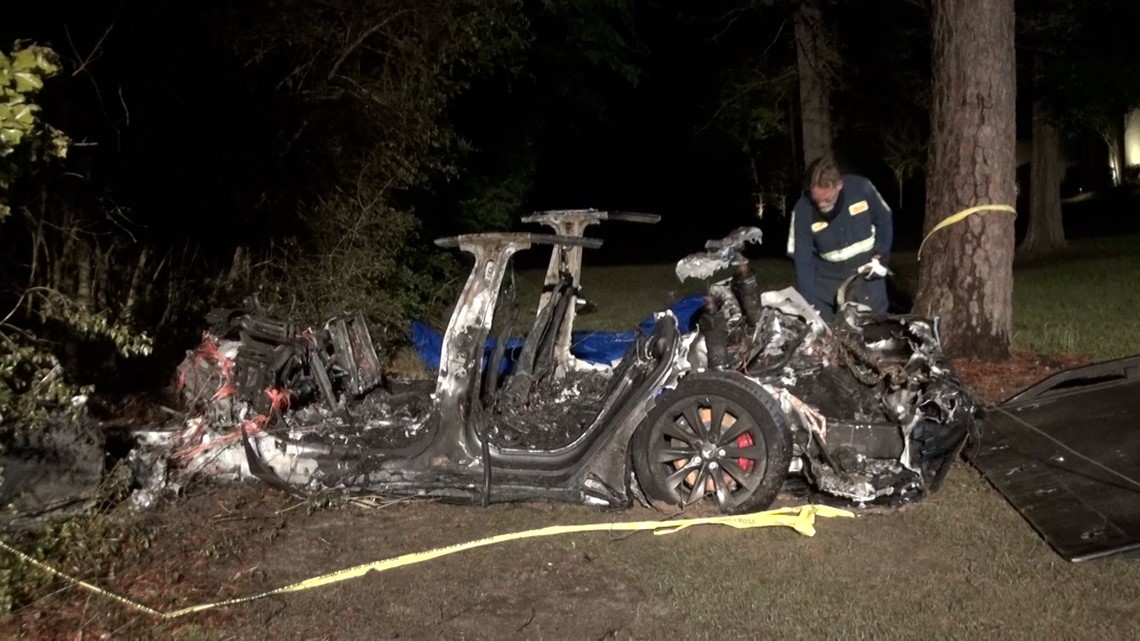Huskyf
Member
Can somebody give a map where the accident append because they say accident append at high speed normally you can't go at high speed on local road only 10 km/h and now autopilot on others roads detect speed limit for me this accident is not on autopilot.




/cdn.vox-cdn.com/uploads/chorus_asset/file/22452812/fatal_crash_tesla.jpeg)